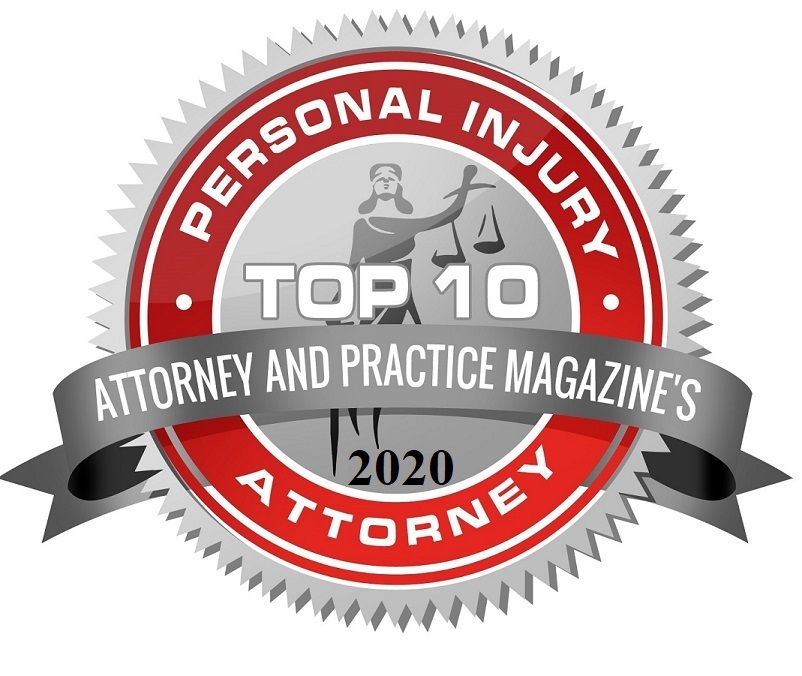In Florida, car accidents are a common occurrence, often resulting in severe injuries and significant financial burdens for those involved. Proving negligence in these cases is crucial for victims seeking compensation for their losses. Understanding the legal framework and the steps necessary to establish negligence can make a significant difference in the outcome of a claim. This discussion will delve into the key aspects of proving negligence in Florida car accident cases, providing a comprehensive guide for those navigating this complex process.






Understanding Negligence in Florida
Negligence, in the context of car accidents, refers to the failure of a driver to exercise reasonable care, resulting in harm to another person. In Florida, negligence is established by demonstrating that the driver owed a duty of care to the victim, breached that duty, and caused damages as a result. The concept of duty of care means that every driver has a responsibility to operate their vehicle in a manner that does not endanger others on the road. This includes following traffic laws, driving attentively, and adjusting to road conditions. When a driver fails to meet these standards, they may be found negligent and liable for any resulting damages.
Establishing Duty of Care
To prove negligence, it must first be shown that the defendant owed a duty of care to the plaintiff. This is typically straightforward, as all drivers have a legal obligation to act reasonably and safely while operating a vehicle. This duty extends to other drivers, passengers, pedestrians, and cyclists. Demonstrating the existence of a duty of care is usually not contentious, as it is a well-established principle in Florida law.
Breaching the Duty of Care
Once the duty of care is established, the next step is to demonstrate that the defendant breached this duty. A breach occurs when a driver fails to act in a reasonably prudent manner under the circumstances. Examples of breaching the duty of care include speeding, running red lights, driving under the influence of alcohol or drugs, texting while driving, and failing to yield the right of way. Evidence of a breach can be gathered from various sources, such as police reports, witness statements, traffic camera footage, and testimony. The goal is to show that the defendant’s actions deviated from what a reasonable driver would have done in similar circumstances.
Causation: Linking the Breach to the Accident
Proving causation is a critical component of establishing negligence. It must be shown that the defendant’s breach of duty directly caused the car accident and the resulting injuries. This involves demonstrating both actual cause (cause-in-fact) and proximate cause (legal cause). Actual cause refers to the direct link between the breach and the accident. For example, if a driver runs a red light and collides with another vehicle, their actions are the actual cause of the accident.
Proximate cause involves determining whether the defendant’s actions were closely related to the injuries sustained, meaning that the injuries were a foreseeable consequence of the breach. This can sometimes be more complex — especially in cases involving multiple contributing factors.
Demonstrating Damages
The final element in proving negligence is demonstrating that the plaintiff suffered damages as a result of the accident. Damages can include physical injuries, medical expenses, lost wages, property damage, and pain and suffering. Medical records, bills, repair estimates, and employment records can all serve as evidence of damages. In Florida, car accident victims can seek both economic and non-economic damages. Economic damages cover tangible losses such as medical costs and lost income, while non-economic damages compensate for intangible losses such as emotional distress and loss of enjoyment of life. Establishing the extent and impact of these damages is crucial for securing fair compensation.
Gathering and Preserving Evidence
Collecting and preserving evidence is essential for proving negligence in a car accident case. Evidence should be gathered as soon as possible after the accident to ensure its accuracy and reliability. This includes taking photographs of the accident scene, vehicles involved, and any visible injuries. Obtaining contact information from witnesses and getting their statements can also provide valuable support for the claim.
Police reports are another critical piece of evidence, as they often contain details about the accident, the parties involved, and any citations issued. Seeking medical attention promptly after the accident and keeping detailed records of all treatments and expenses can also strengthen the case.
The Role of Legal Representation
Navigating the legal complexities of proving negligence in a Florida car accident case can be challenging without professional assistance. A knowledgeable attorney can provide invaluable support by conducting thorough investigations, gathering necessary evidence, and building a strong case on behalf of the victim. Legal representation ensures that the plaintiff’s rights are protected and that they receive the compensation they deserve. Attorneys can also negotiate with insurance companies, who often attempt to minimize payouts, to achieve a fair settlement. If a settlement cannot be reached, an attorney can advocate for the victim in court, presenting a compelling case to the judge and jury.
Choosing The Right Personal Injury Attorney Personal Injury Settlement TimelineRelated Videos
Understanding Comparative Negligence in Florida
Florida follows the principle of comparative negligence, which means that fault can be shared among multiple parties involved in an accident. Under this rule, a plaintiff’s compensation can be reduced by their percentage of fault. For example, if a victim is found to be 20% at fault for the accident, their compensation will be reduced by 20%. Even if a plaintiff is more than 50% at fault, they can still recover damages, albeit at a reduced amount. This underscores the importance of demonstrating the defendant’s negligence clearly and minimizing the plaintiff’s perceived fault in the accident.
Statute of Limitations
In Florida, car accident victims have a limited time to file a lawsuit to seek compensation for their injuries and damages. The statute of limitations for personal injury claims, including those arising from car accidents, is generally two years from the date of the accident. Failing to file within this timeframe can result in the loss of the right to pursue a claim. Therefore, it is crucial for victims to act promptly and seek legal advice to ensure that their case is filed within the statutory period.
The Importance of Medical Documentation
Medical documentation plays a pivotal role in proving damages in a car accident case. It is essential for victims to seek medical attention immediately after an accident, even if they do not feel seriously injured at the time. Some injuries may not manifest symptoms immediately but can become apparent later. Detailed medical records provide a clear link between the accident and the injuries sustained, supporting the claim for compensation. Regular follow-ups and adherence to medical advice can further strengthen the case by demonstrating the ongoing impact of the injuries on the victim’s life.
Case Results
Impact of Traffic Laws and Regulations
Florida’s traffic laws and regulations play a significant role in determining negligence in car accident cases. Violations of these laws, such as speeding, running red lights, or driving under the influence, can serve as clear evidence of negligence. Understanding these laws and how they apply to the specific circumstances of the accident is crucial for building a strong case. Legal representation can help interpret these regulations and how they impact the determination of fault in the case.
Securing Witness Testimony
Witness testimony can be a powerful tool in proving negligence. Eyewitnesses can provide an objective account of the events leading up to and during the accident. Their statements can corroborate the plaintiff’s version of events and refute the defendant’s claims. Obtaining detailed contact information from witnesses at the scene and following up with them promptly can ensure their testimony is available when needed. Witnesses can be called upon to testify in court if the case goes to trial, providing firsthand accounts that can significantly influence the outcome.
Importance of a Thorough Investigation
A thorough investigation is crucial for uncovering all relevant facts and evidence in a car accident case. This may involve hiring accident reconstruction specialists, reviewing traffic camera footage, analyzing vehicle damage, and examining skid marks and debris at the accident scene. A comprehensive investigation can reveal critical details that support the claim of negligence and help establish the defendant’s liability. Legal representation can coordinate these investigative efforts, ensuring that no stone is left unturned in building a robust case.
Navigating Insurance Claims
Dealing with insurance companies is often a complex and challenging aspect of car accident cases. Insurance adjusters may attempt to minimize the payout or deny the claim altogether. It is essential for victims to be cautious in their interactions with insurance representatives and avoid making statements that could be used against them. Legal representation can handle communications with the insurance company, ensuring that the victim’s rights are protected and that they receive a fair settlement. If necessary, an attorney can file a lawsuit and take the case to court to secure the compensation the victim deserves.
Seeking Justice and Compensation
Proving negligence in a Florida car accident case requires a thorough understanding of the legal principles and a diligent approach to gathering evidence. Victims should act promptly to protect their rights and seek the compensation they deserve. By demonstrating duty of care, breach of duty, causation, and damages, plaintiffs can build a strong case and hold negligent drivers accountable for their actions. Legal representation plays a crucial role in navigating this complex process, providing the support and advocacy needed to achieve a favorable outcome.
Fight for the Compensation You Deserve Contact Serrano Law Today
If you or a loved one has been involved in a car accident in Florida and believe negligence played a role, it is crucial to seek legal assistance as soon as possible. At Serrano Law, our dedicated team of attorneys is committed to helping you navigate the complexities of your case and secure the compensation you deserve. Contact us today for a free consultation and let us advocate for your rights. Your path to justice and recovery starts with Serrano Law.



